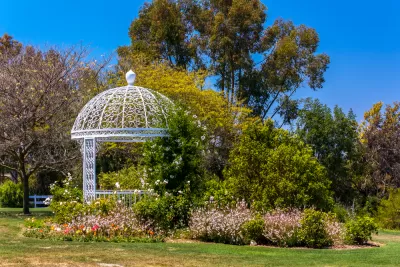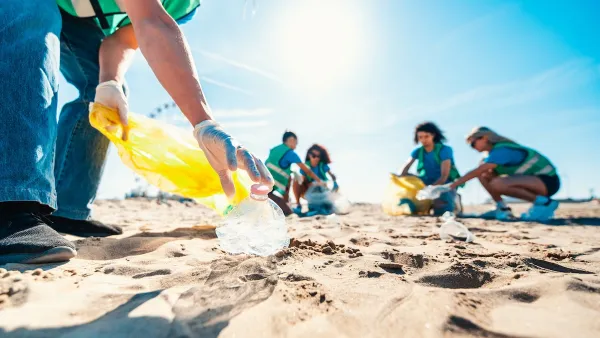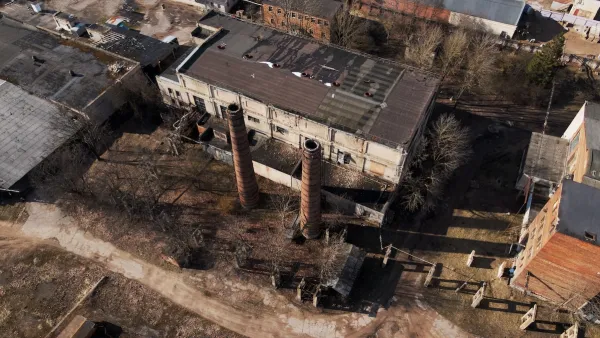South Coast Botanic Garden highlights the importance of sustainability through its latest exhibit which consists of 16 giant creatures made from beach debris that washed ashore.

Trash is making a splash in South Coast Botanic Garden in Los Angeles County this spring. The Garden’s latest exhibit, Washed Ashore – Art to Save the Sea, features sixteen giant creatures made from beach debris. The sculptures, which consist primarily of sea creatures, were built by Washed Ashore – Art to Save the Sea, a non-profit organization committed to combating plastic pollution through art and education, and its volunteers to inspire and spark positive changes in consumer habits. The Garden, having been built atop a sanitary landfill, has been proof over the past sixty years that beautiful things can come from trashy pasts. With this exhibit, the Garden further explores the concept as well as the education behind what can be done to limit waste, particularly the use of plastic.
South Coast Botanic Garden is an 87-acre public botanic garden containing over 200,000 plants and 2,000 species of plants from around the world. The garden was created on a sanitary landfill in 1959 by the Los Angeles County Board of Supervisors at the request of community members. Specialty gardens include the Japanese Garden, Fuchsia Garden, Children’s Garden and the two-acre formal James J. White Rose Garden. A man-made lake at the center of the garden attracts several species of waterfowl. The garden is an oasis for over 200 species of birds that make their homes at the garden or just use the garden as a stop in their annual migration.
FULL STORY: Washed Ashore – Art to Save the Sea Opens at the Garden On April 1

Maui's Vacation Rental Debate Turns Ugly
Verbal attacks, misinformation campaigns and fistfights plague a high-stakes debate to convert thousands of vacation rentals into long-term housing.

Planetizen Federal Action Tracker
A weekly monitor of how Trump’s orders and actions are impacting planners and planning in America.

San Francisco Suspends Traffic Calming Amidst Record Deaths
Citing “a challenging fiscal landscape,” the city will cease the program on the heels of 42 traffic deaths, including 24 pedestrians.

Defunct Pittsburgh Power Plant to Become Residential Tower
A decommissioned steam heat plant will be redeveloped into almost 100 affordable housing units.

Trump Prompts Restructuring of Transportation Research Board in “Unprecedented Overreach”
The TRB has eliminated more than half of its committees including those focused on climate, equity, and cities.

Amtrak Rolls Out New Orleans to Alabama “Mardi Gras” Train
The new service will operate morning and evening departures between Mobile and New Orleans.
Urban Design for Planners 1: Software Tools
This six-course series explores essential urban design concepts using open source software and equips planners with the tools they need to participate fully in the urban design process.
Planning for Universal Design
Learn the tools for implementing Universal Design in planning regulations.
Heyer Gruel & Associates PA
JM Goldson LLC
Custer County Colorado
City of Camden Redevelopment Agency
City of Astoria
Transportation Research & Education Center (TREC) at Portland State University
Jefferson Parish Government
Camden Redevelopment Agency
City of Claremont





























